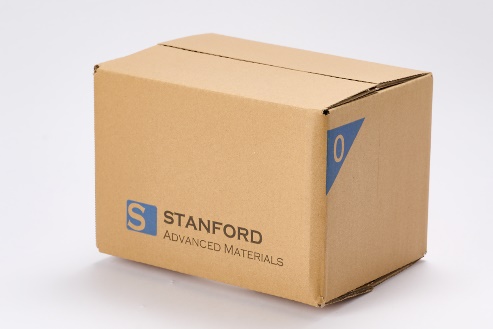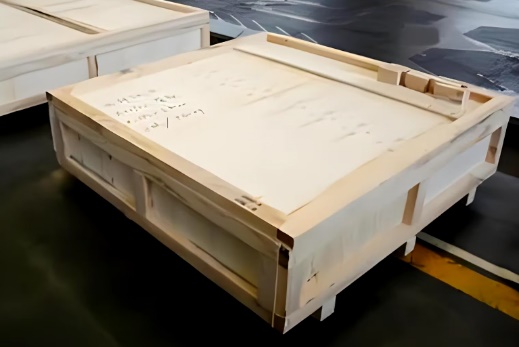Silicon Carbon Single-Side Coated Copper Foil Description
Silicon Carbon Single-Side Coated
Copper Foil is a high-performance anode material engineered for use in advanced
lithium-ion batteries. It consists of a high-purity copper foil substrate
coated on one side with a silicon-carbon composite layer. Silicon offers an
exceptionally high theoretical specific capacity—nearly ten times that of
traditional graphite anodes—but it suffers from significant volume expansion
during charge/discharge cycles. To address this, silicon is combined with
conductive carbon materials that form a stable, elastic matrix. This matrix
buffers the expansion and contraction of silicon particles, thereby improving
structural integrity and cycling stability.
The carbon component also enhances
electrical conductivity and supports fast charge/discharge capability, while
the copper foil ensures excellent electron transport throughout the battery
cell. The single-side coating design allows for precise control of active
material loading and is well-suited for layered electrode architectures.
This material is particularly
valuable in applications requiring high energy density, long cycle life, and
fast charging, such as electric vehicles, drones, consumer electronics, and
energy storage systems. Its optimized electrochemical performance and
mechanical durability make it an ideal choice for next-generation battery
designs that demand improved efficiency, safety, and reliability in compact,
high-power configurations.
Silicon Carbon Single-Side Coated Copper Foil Applications
1. Lithium-Ion Batteries (Anode Material): Used as a
high-capacity anode in next-generation lithium-ion cells, significantly increasing
energy density.
2. Electric Vehicles (EVs): Helps extend driving range and
improve charging efficiency in EV battery packs.
3. Consumer Electronics: Ideal for smartphones, tablets, and
laptops where compact size, long battery life, and high performance are
critical.
4. Wearable Devices: Suitable for small, lightweight
batteries with high energy storage and stable cycling performance.
5. Unmanned Aerial Vehicles (UAVs) and Drones: Provides high
energy-to-weight ratio for long flight times and efficiency.
6. Energy Storage Systems (ESS): Enhances capacity and
lifespan in grid-level and home energy storage applications.
7. Battery Research and Prototyping: Widely used in R&D
for evaluating and developing advanced silicon-based anode technologies.
Silicon Carbon Single-Side Coated Copper Foil Packaging
Our products are packaged in customized cartons of various
sizes based on the material dimensions. Small items are securely packed in PP
boxes, while larger items are placed in custom wooden crates. We ensure strict
adherence to packaging customization and the use of appropriate cushioning
materials to provide optimal protection during transportation.


Packaging: Carton, Wooden Box, or Customized.
Kindly review the packaging
details provided for your reference.
Manufacturing Process
1. Testing Method
(1) Chemical Composition Analysis - Verified using techniques
such as GDMS or XRF to ensure compliance with purity requirements.
(2) Mechanical Properties Testing - Includes tensile strength,
yield strength, and elongation tests to assess material performance.
(3) Dimensional Inspection - Measures thickness, width, and
length to ensure adherence to specified tolerances.
(4) Surface Quality Inspection - Checks for defects such as
scratches, cracks, or inclusions through visual and ultrasonic examination.
(5) Hardness Testing - Determines material hardness to confirm
uniformity and mechanical reliability.
Please refer to the SAM testing procedures for detailed information.
Silicon Carbon Single-Side Coated Copper Foil FAQs
Q1. What is the main benefit of using silicon carbon
coating on copper foil?
It significantly increases the lithium-ion battery’s energy
density by utilizing silicon’s high capacity, while the carbon matrix improves
conductivity and cycle stability.
Q2. Why is the coating only on one side?
Single-side coating allows for better control of electrode
thickness and material loading, optimizing battery layer stacking and reducing
internal stress.
Q3. Is this material used for the anode or cathode?
It is used as an anode material in lithium-ion batteries.
Related Information
1. Common Preparation Methods
The preparation of Silicon Carbon
Single-Side Coated Copper Foil starts with selecting high-purity copper foil,
which is thoroughly cleaned to remove any surface contaminants. A
silicon-carbon slurry is then prepared by mixing silicon nanoparticles with
conductive carbon additives, binders such as polyvinylidene fluoride (PVDF),
and solvents like N-methyl-2-pyrrolidone (NMP) to achieve a uniform dispersion.
This slurry is coated onto one side of the copper foil using techniques such as
doctor blade, slot-die, or roll-to-roll coating, ensuring even thickness and
coverage. The coated foil is then dried in an oven to evaporate the solvents
and partially cure the binder. Following drying, the foil may undergo
calendaring to compress the active layer, enhance adhesion, and improve
electrical contact. Finally, the coated foil is cut into the desired dimensions
and subjected to quality control tests, including thickness measurement,
surface uniformity, electrical conductivity, and mechanical stability, before
packaging for shipment or further battery assembly. This process produces a
high-quality silicon-carbon anode material with excellent electrochemical
performance and mechanical durability.